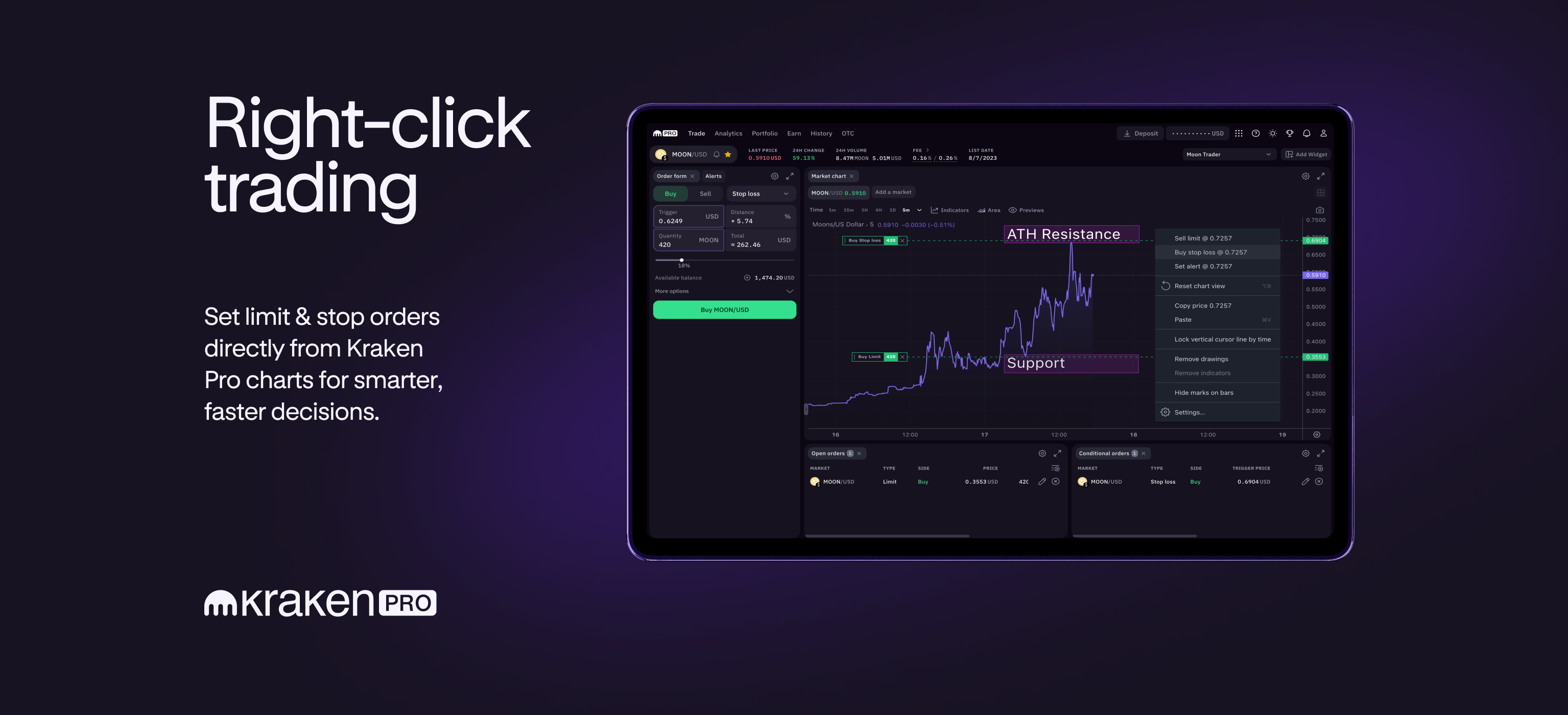Whether you’re a veteran business owner with decades under your belt, or one of the millions of “early start” businesses that launched last year — it’s a new world for business owners everywhere. Never-before-seen opportunities and challenges face today’s entrepreneurs and are forcing them to reassess, reprioritize, and even reinvent how they operate so they can continue to drive their businesses forward.
And, as the small-business landscape is set to become even more competitive in 2022, with QuickBooks projecting that more than 17 million new businesses could form this year, the time is now for business owners new and old to position themselves to stand out. So here are three things all entrepreneurs can do to start smart and build a resilient, thriving business.
Avoid path dependence
Path dependence is an economic term that describes when people base decisions on a sequence of past decisions or events rather than on current conditions. Imagine someone suggests changing bank accounts for a better experience — if your first thought is “Ugh, but I’d have to change all my autopayments!” — that’s path dependence.
To put it another way, change isn’t easy. We know that most new businesses set up their services in the first two years of business, but only 7 percent switch suppliers in a given year. And, unfortunately, with the pandemic, we’ve all just seen what happens when small businesses encounter massive market change and can’t adapt.
To avoid path dependence, look for new ways to streamline and improve your business process. How much time do you spend each day determining the health of your business? How much time do you spend managing inventory? Where are your operational inefficiencies? There are online financial solutions that can help you save time, see the big picture, and find new markets. Our recent Small Business Insights report found that almost all business owners — 97 percent — said digital technology would be important to their business in 2022. Finding a trusted technology solution can make a huge difference for small businesses: Four out of five people we surveyed (80 percent) said apps, software, and other digital systems made it easier to share information with employees, suppliers, clients, and customers. And building a business process that scales up as you grow protects you and helps new businesses get it right from the start.
If you’re a more established business and making these changes fills you with dread, get outside help. If you can’t afford outside advisers, ask your network and be open to their suggestions. It also helps to keep your ears open for new directions from unexpected places. Do you find yourself taking your kids’ phones away because they’re spending too much time in online games or apps? They may have discovered your next online sales or advertising channels, and now your kids are your new consultants. Finally, other small businesses in your town or city may be experiencing similar problems. For changes that are too big for one business, seek out partnerships in your community.
Plan for rising costs
Labor costs and inflation are a huge concern for small-business owners. While most small-business workforces are back to their pre-pandemic levels, 88 percent of those surveyed are concerned about the cost of labor, and 48 percent are finding it harder to hire skilled workers. Exacerbating the problem, concerns about everything from inflation to rising material and equipment costs and the supply chain can plague you as you look for new ways to grow.
It may seem counterintuitive, but the one way to protect your business from the labor shortages and an uncertain future is to pay valued employees a salary that incentivizes them to stay with your company. I truly know how difficult it is to build this into a business plan, especially right now, but we are already seeing more small businesses make this adjustment: Forty-six percent of small businesses surveyed are raising wages for existing employees, and 36 percent are giving larger bonuses. This may not be a change you can make now, but be open and communicate with your employees about what they can expect in the next six months to a year.
Adapt to stress
Ok, we’re going on a short field trip. There’s a lighthouse located on a high bluff in the Point Reyes National Seashore, west of San Francisco. To get there, you have to pass beneath an archway of trees that have been shaped by the continual stress of fierce Pacific Ocean winds. Those arched trees are caused by a phenomenon called “reaction wood” or, more imaginatively, “stresswood.” The wood literally changes its own cellular composition to survive the effects of gravity.
And whether you realize it or not, you have to too. You have endured and survived unimaginable, frankly historic levels of stress for almost two years. Changes caused by the pandemic will continue to ripple through the small-business economy for many years, so it’s important to anticipate stress, incorporate it into your plans — and, most important, figure out how to manage it. Here are a few ideas:
Protect your time. There are 24 hours in a day. Plan for a future where at least four to six hours of the day are reserved for you to live your life, in a world where a business can feel like a never-ending investment.
Avoid time traps. No more manually updating a spreadsheet or paper ledger to keep track of your business. No more doing the books yourself. According to our report, accountants help small businesses make better decisions, save them money, and help them survive longer. And while 73 percent of small businesses overall said they have an accountant, among younger businesses (less than two years old), this drops to just 54 percent. Use the tools and resources available — like an experienced bookkeeper — to help your business operate more efficiently.
Know your finances and build back cash reserves. Knowing the truth about your business can be scary but it can also free you to make changes that will help you strengthen your company. Two key components of that truth are understanding your cash-flow situation and building back cash reserves. Almost three in five (57 percent) of the small-business decision-makers we surveyed have less than six months of cash reserves. If you have to temporarily focus or streamline your product and service offerings to do so, that’s OK.
Step away to see the big picture. Even if it’s only for five minutes, take a step back from the business. If you can’t make it to a lighthouse in the West this year, go find the trees that survived the fiercest winds in your community. Step back in order to see your small business with fresh eyes. After all, what is the most important resource for any business, whether brand new or new again? It’s you.
Note: This article have been indexed to our site. We do not claim legitimacy, ownership or copyright of any of the content above. To see the article at original source Click Here













